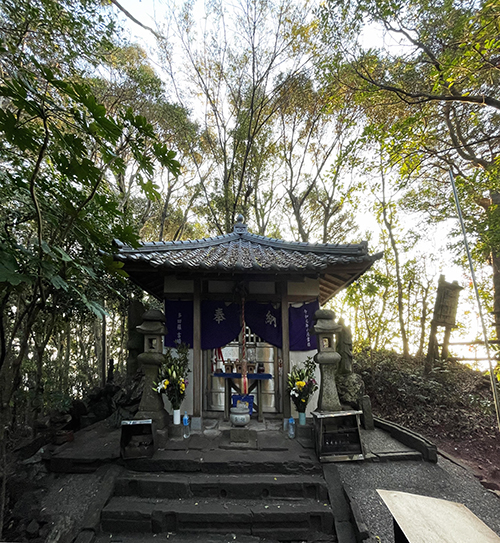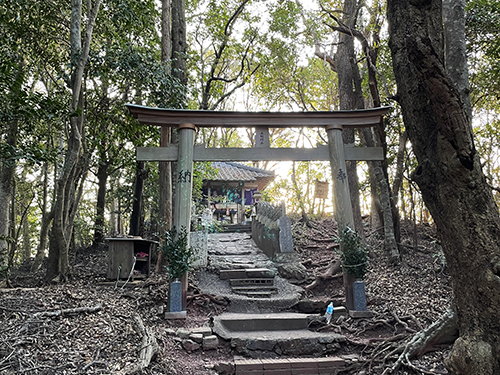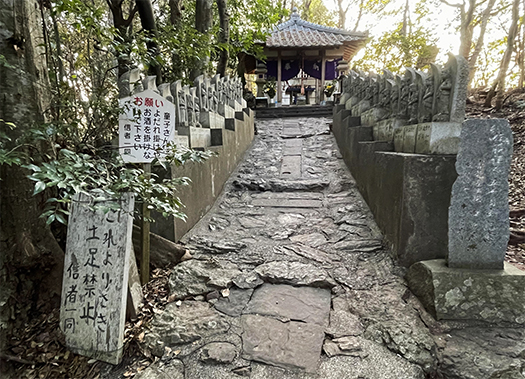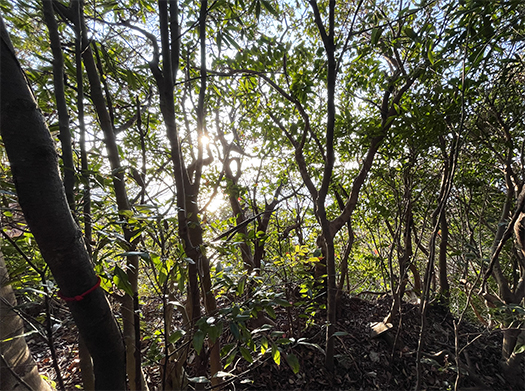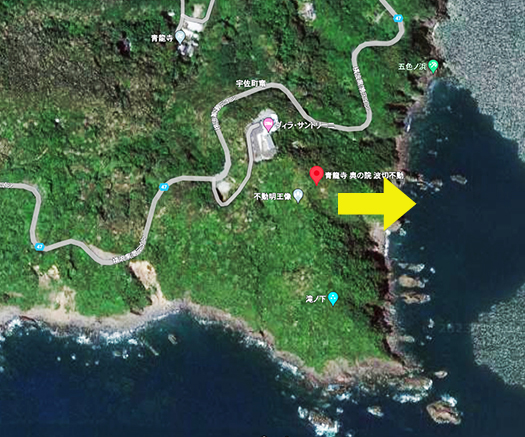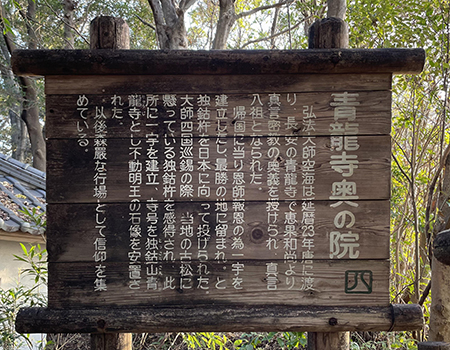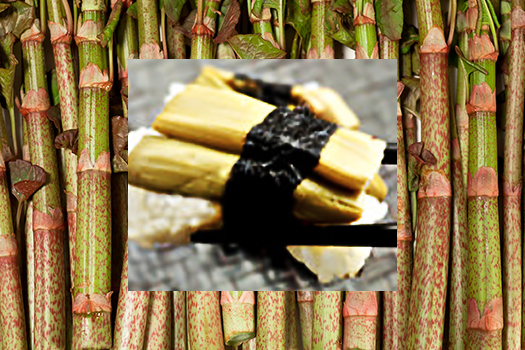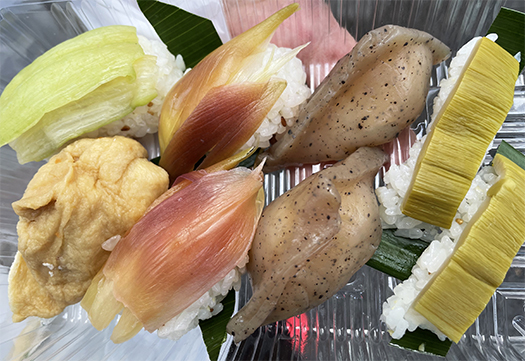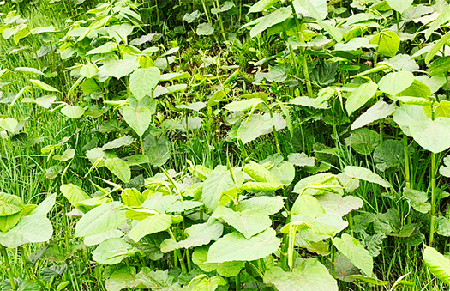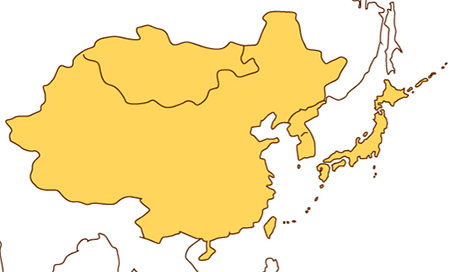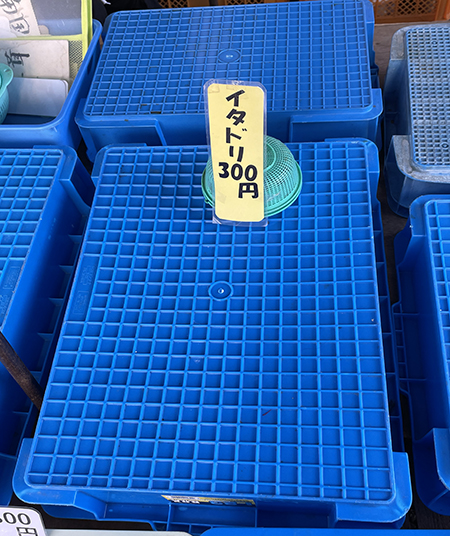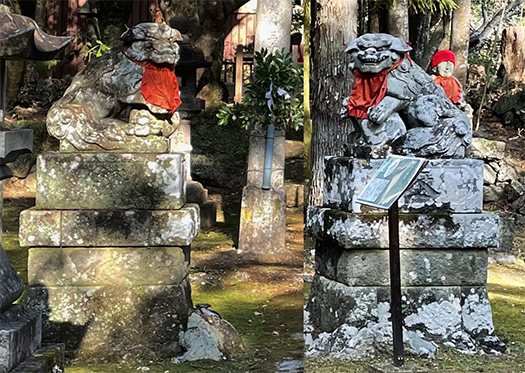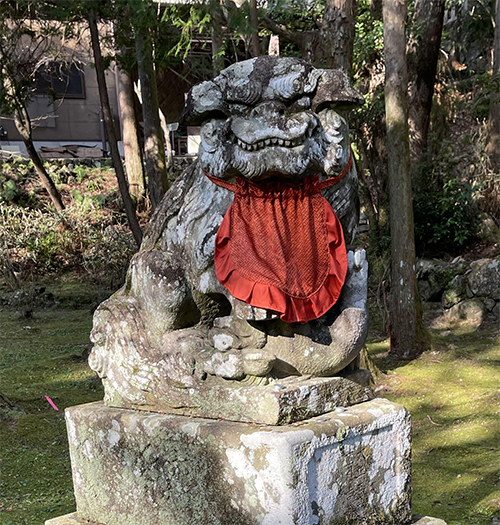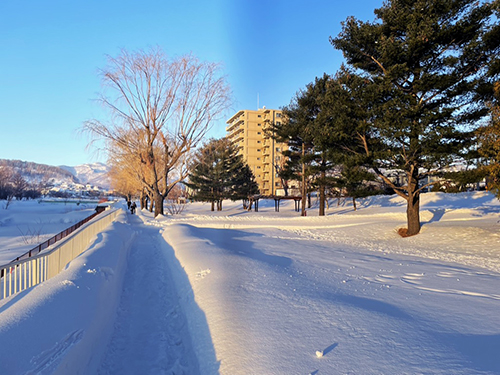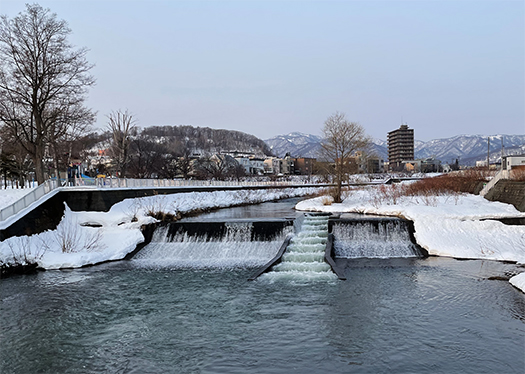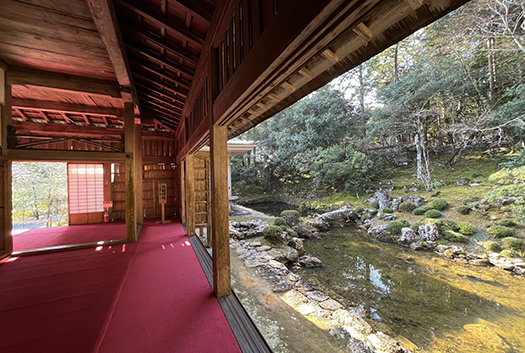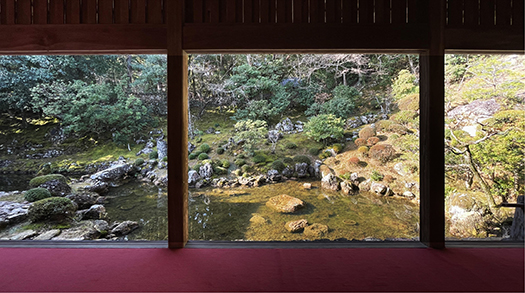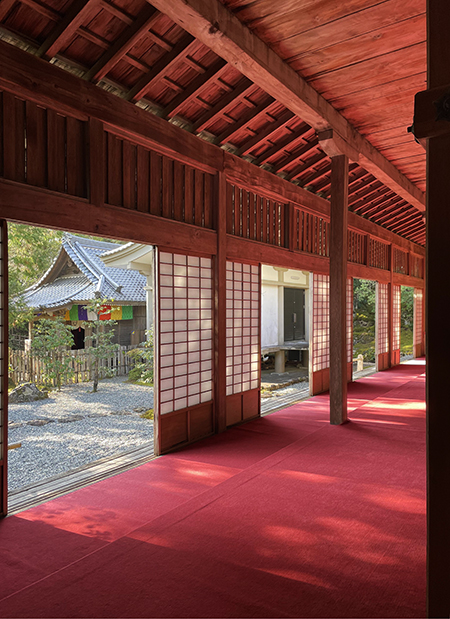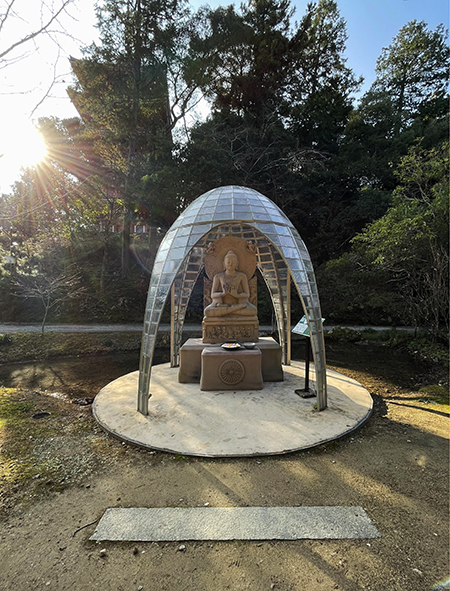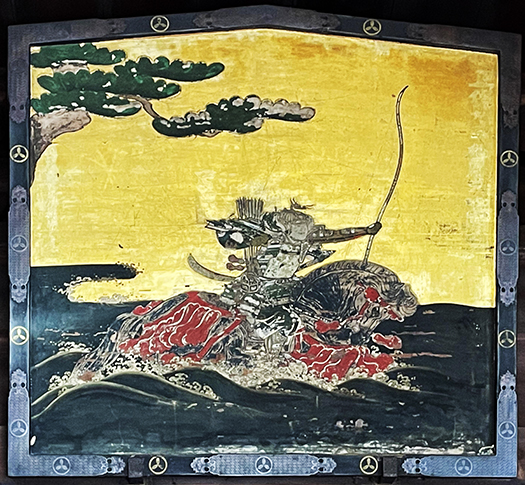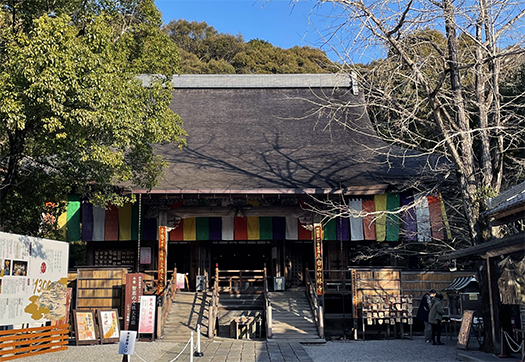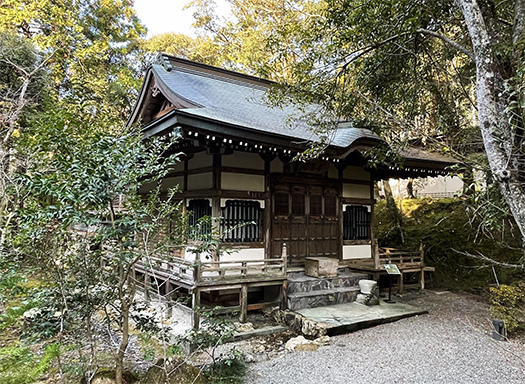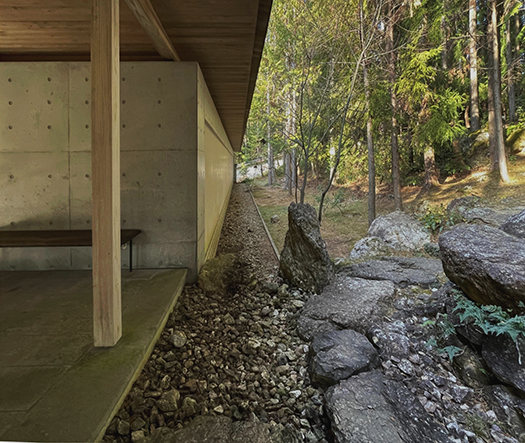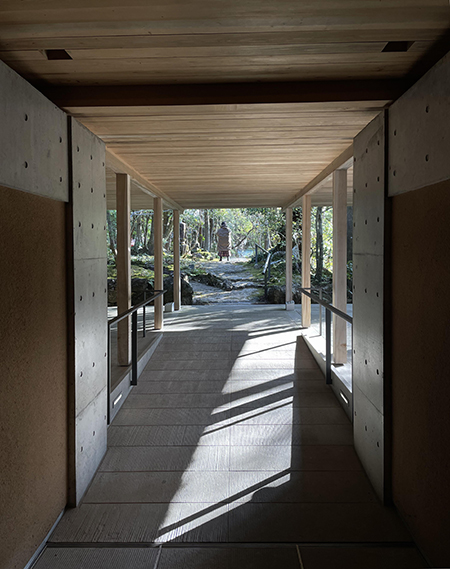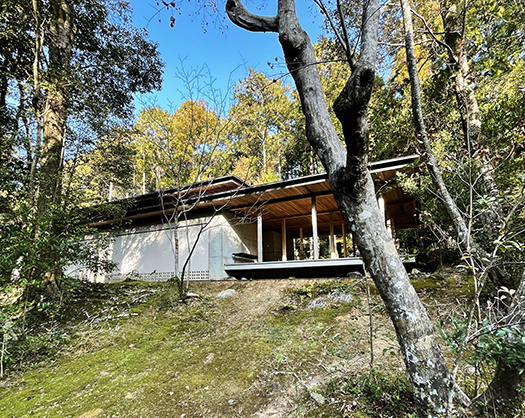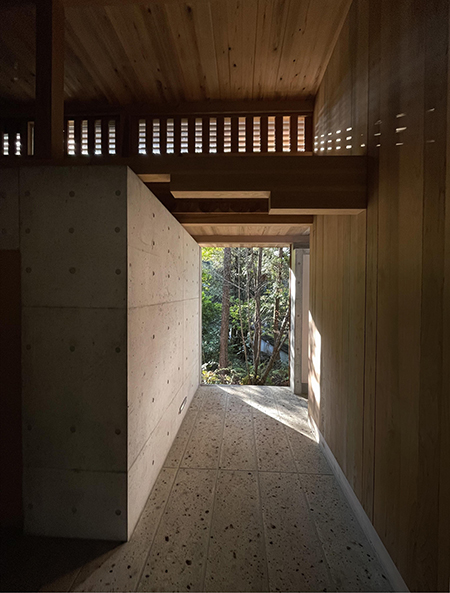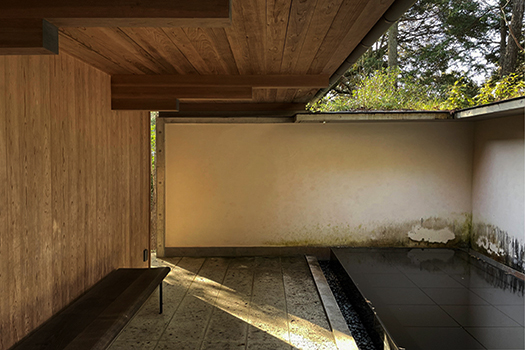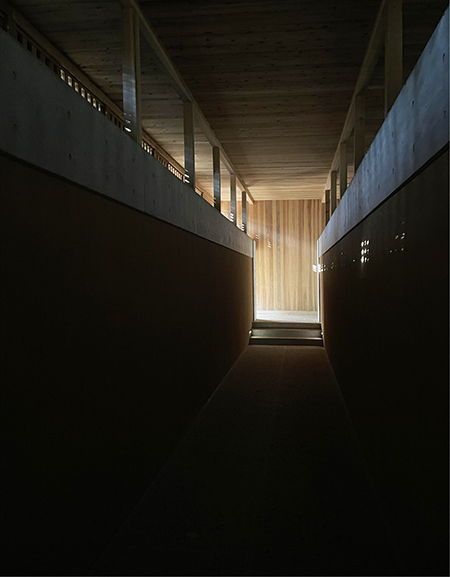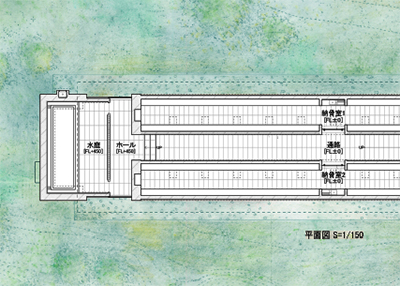
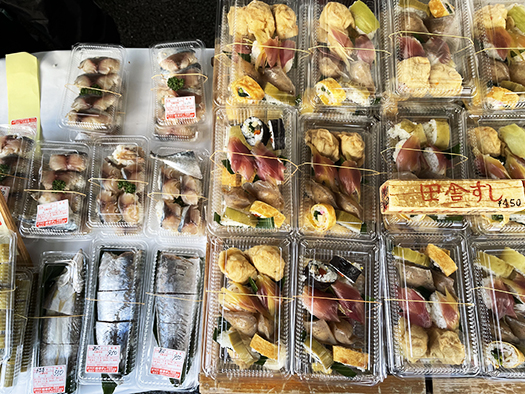
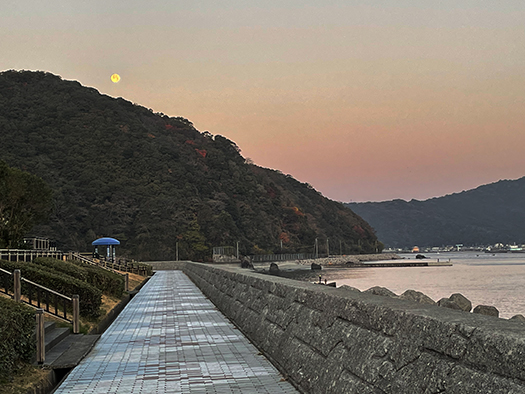
昨日は夫婦で朝食を摂っていたら自宅のテレビリモコン不調という息子がひょっこり。「ははぁ、WBCで盛り上がろうということか(笑)」と直感。そこからはほぼ全国民同様に頭が完全に野球に支配されておりました。
3点リードを許した時点で、カミさんの要望で出掛けざるを得なくなっていましたが、頭の60%ほどはオールジャパンが支配して一喜一憂の展開。クライマックスでは外出先でひとり狂喜乱舞。息子に電話して、電話越しのハイタッチ。まことに神さまが造形したとしか思えないドラマに心酔させられていた。
白状すると同点に追いついた直後、ふたたびリードを奪われた時点で一ファンとしては覚悟は固めていた。しかし、代表たちは決して諦めてはいなかったですね。個人的には8回の無死1−2塁の好機に冷静に送りバントを決めて最低限の加点をして、メキシコにプレッシャーを掛けた時点で、希望が完全に復活していた。
・・・ということで本日はついに日米決戦という頂上対決のステージに立つことができた。このブログ記事は早朝5時前後に書いているので、本日もふたたびどうなるか、波乱の予感が現在進行形。ドキドキ。
ということで通常のブログシリーズ、住環境探訪にすぐにアタマとハートは復帰しにくい(泣)。なので本日は南国土佐の夕景と朝焼けの海岸線風景写真をお届けします。夕景の方は「土佐竜の浜」から西の太平洋を見晴らしたところ。いかにも南国風のラベンダーの色彩がこころを癒してくれる。
一方の山の上に月が掛かっているのは、東側を見た朝焼けの様子。そして、写真のサンドイッチとして高知名物「田舎寿司」を挟んでおきました。
本日も、ハラハラドキドキが仕事の合間に連続するのでしょうが、みんなで心静かに代表たちの活躍を祈念していたいと思います。しかし、ここまで来られればあとは運を天に任せるだけ。こういう日米決戦という舞台を作り上げられたことで、いまの世界情勢のなかでも、この構図は十分に示唆的な意味があるのではと思っています。
がんばれニッポン!
English version⬇
Between the heated WBC games, a smoke at the beach scenery of Tosa Ryu.
The passion of the Japanese representatives is heating up the world. It is an event in the world of baseball, but it is also unexpectedly suggestive of the situation. …
Yesterday, while we were having breakfast as a married couple, our son came up to us and said that the TV remote control at home was malfunctioning. My intuition told me, “Ha ha, you mean you want to get excited about the WBC (laughs). From that point on, like almost the entire nation, my mind was completely dominated by baseball.
When we allowed a three-run lead, I had to go out at my wife’s request, but about 60% of my mind was dominated by All Japan, and I was both happy and sad. At the climax of the game, I was out and about, and I was madly in love with myself. I called my son and gave him a high-five over the phone. I was so intoxicated by the drama that I could only think that God had created it.
I must confess that as a fan, I was ready to give up when we lost the lead again right after we had tied the game. But our representatives never gave up. Personally, my hope was completely restored in the 8th inning, when we put Mexico under pressure by scoring the minimum number of runs on a bunt with no outs.
…So today, we finally reached the summit stage of the battle between the U.S. and Japan, the decisive game. I am writing this blog post around 5:00 a.m., so I have a feeling that today’s battle will be a bit more chaotic than before. I am very excited.
So it’s hard to get my mind and heart back to my regular blog series, “Exploring the Living Environment,” right away (I cry). So today, I’m going to share with you the sunset and morning glow scenery of the coastline of Tosa, a tropical island. The evening view is from “Tosa Ryu no Hama” overlooking the Pacific Ocean to the west. The color of lavender, which is very tropical, soothes the heart.
The moon over the mountains on the other side is the morning glow looking east. And as a sandwich for the photo, I put Kochi’s specialty “inaka-zushi” (country sushi) between the two.
Today, too, I am sure there will be a series of harrowing moments in between work, but I hope everyone will remain quiet and pray for the success of the delegates. However, if we can make it this far, all that remains is to leave the luck to the heavens. Having been able to create this kind of stage for a decisive battle between Japan and the U.S., I believe that the composition of this event is suggestive enough in the current world situation.
Good luck, Nippon!
Posted on 3月 22nd, 2023 by 三木 奎吾
Filed under: 日本社会・文化研究 | No Comments »


